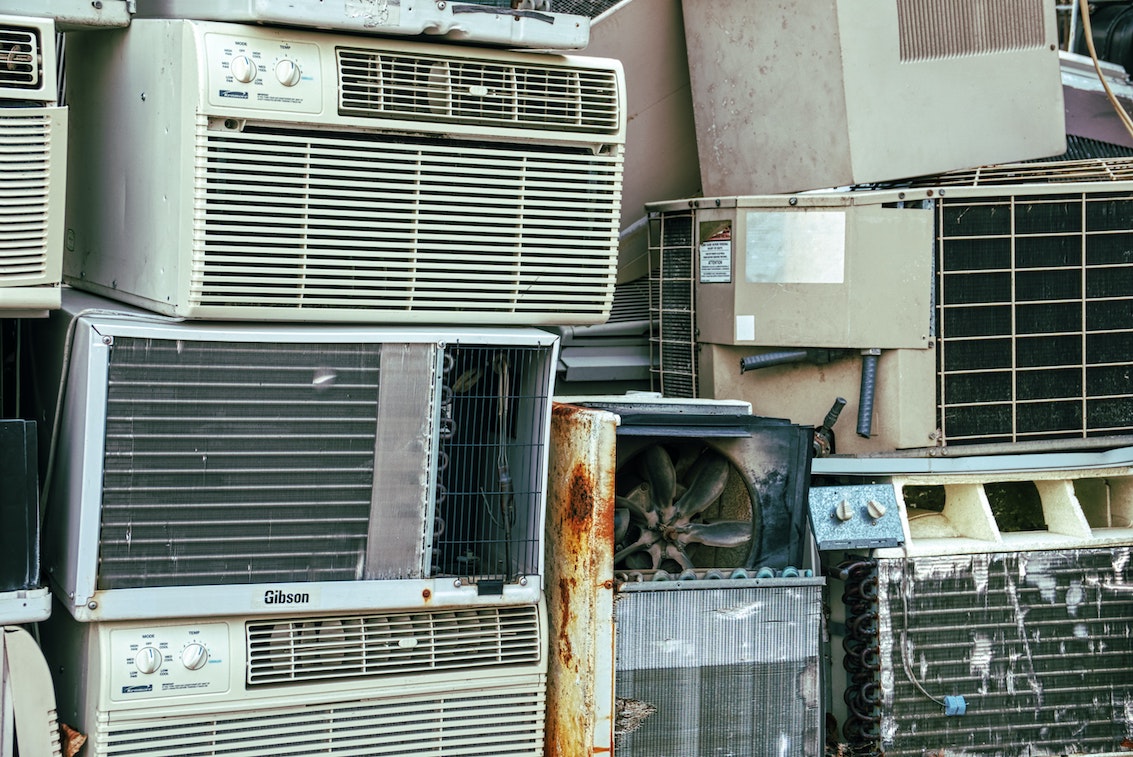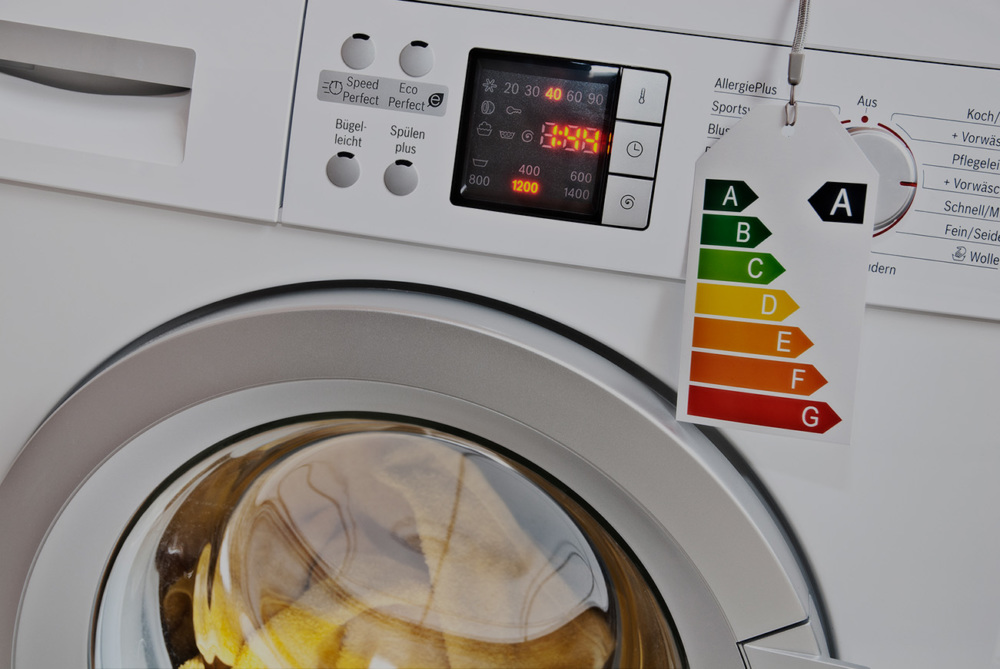Bending Toward Circular: Using Extended Producer Responsibility Schemes to Transition to Appliance Circular Economy
Summary
CLASP's research on Extended Producer Responsibility (EPR) schemes explores how governments can use these programs to transition to a circular economy.

Every year, an estimated 100 billion tonnes of materials enter the global economy, but only 8.6% is recycled and used again.
EPR schemes, in which the producer’s responsibility for reducing environmental impact is extended across the whole life cycle of the product, can introduce opportunities for circularity within linear economic models.
At the end of its usable lifetime, electronic equipment (which covers a wide range of products that can include washing machines and personal computers) poses an environmental and financial opportunity, if disposed of correctly. As e-waste, these discarded appliances can be managed so as to reduce the resource impact they have through supervised recycling, repair, refurbishment, and remanufacturing, but only if these processes are carefully designed and implemented.
This report analyzes extended producer responsibility (EPR) schemes, which assigns the producer/manufacturer responsibility for end-of-life management. Because they will ultimately pay for its disposal, EPR schemes aim to incentivize thoughtful design that makes the products less resource-intensive, longer lasting, and easier to repair, repurpose, and eventually recycle. EPR schemes are an effective introductory tool for transitioning a traditional linear economy to a circular one which minimizes waste and negative environmental impacts.
CLASP looked at ten case studies of EPR schemes from around the world and outlined the different options available for an EPR program, some of which cover:
- Capacity building and needs assessment specific to the locality
- Managing body (government or private sector)
- Scope of products covered
- Prioritization based on the environmental and health impact of an appliance’s components
- Financial infrastructure
- Legal framework for ensuring compliance
It is important to note that CLASP does not present an ideal EPR framework in this report, as each program will vary based on the individual needs of the areas the programs serve. Some basic principles, like conducting an end-of-life management needs assessment with stakeholder consultations, is recommended in every situation for success.




